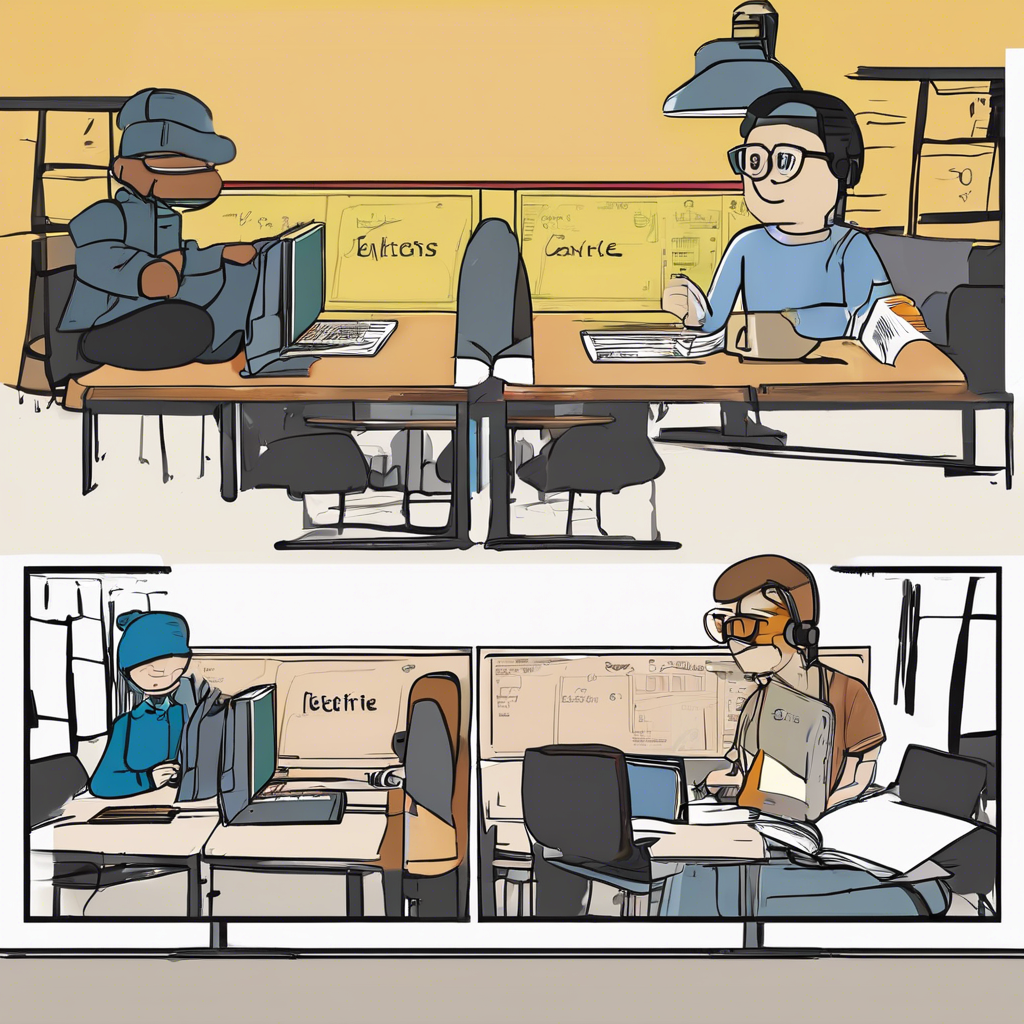Online learning and traditional in-class education have been the subject of intense debate, especially in recent years. Both modes of learning come with their own advantages and disadvantages, and the choice between them depends on factors such as personal preferences, lifestyle, and learning objectives. While online education offers flexibility and accessibility, in-class learning provides structure, social interaction, and hands-on experience. Understanding the strengths and weaknesses of both approaches can help students and educators make informed decisions about the best learning environment for their needs.
Flexibility vs. Structure
One of the most significant advantages of online education is flexibility. Unlike traditional classrooms, online learning allows students to access lessons at their convenience. This is particularly beneficial for working professionals, parents, or individuals with busy schedules who may find it difficult to attend fixed classes. Online courses also enable learners to pace themselves, revisiting materials as needed and progressing at their own speed.
On the other hand, in-class education follows a structured schedule that requires students to be present at specific times. While this may seem restrictive, it helps create a disciplined learning environment. Regular class attendance, deadlines, and face-to-face interactions with instructors and peers foster accountability, ensuring that students stay on track. For individuals who thrive on routine and structured learning, in-person classes provide a sense of order that online education sometimes lacks.
Social Interaction and Engagement
A key advantage of in-person learning is the opportunity for direct interaction with teachers and classmates. Engaging in discussions, asking questions, and collaborating on projects enhance comprehension and critical thinking. Traditional classrooms encourage spontaneous interactions, allowing students to gain diverse perspectives and refine their communication skills. Moreover, being physically present in a learning environment can help students stay motivated and reduce distractions.
Online learning, however, often struggles with engagement and social interaction. While discussion boards, video calls, and virtual study groups attempt to replicate classroom interactions, they may not be as effective as face-to-face conversations. Some students find it challenging to communicate through digital platforms, leading to feelings of isolation. Despite these drawbacks, advancements in technology, such as interactive webinars and AI-driven learning tools, have improved the online learning experience.
Cost and Accessibility
Cost is a major factor that influences the choice between online and traditional education. Online courses are often more affordable than their in-class counterparts. Many online programs eliminate expenses related to transportation, accommodation, and course materials, making education more accessible to a broader audience. Additionally, online learning provides opportunities for students from remote or underprivileged areas to access high-quality education without the need to relocate.
However, traditional classroom education offers resources that may not be available in an online setting, such as physical libraries, laboratory equipment, and hands-on training. Fields like medicine, engineering, and fine arts require practical experience that cannot be fully replicated through virtual simulations. In such cases, in-person education remains the better choice despite higher costs.
Learning Styles and Effectiveness
Every student has a unique learning style, and the effectiveness of online or in-person learning varies depending on individual preferences. Some students excel in an independent, self-paced online environment, while others require the structure and direct supervision of a classroom setting. Visual and auditory learners may find online education beneficial, as it often includes video lectures, podcasts, and interactive modules.
However, kinesthetic learners, who learn best through hands-on experience, may struggle with online education. Practical subjects, such as science and performing arts, often require physical participation that cannot be replaced by digital platforms. In these cases, in-class learning is more effective in ensuring a thorough understanding of the subject matter.
Technology and Technical Challenges
While online education has become increasingly popular, it is not without its challenges. Technical issues such as unstable internet connections, software glitches, and device compatibility problems can disrupt learning. Not all students have access to high-speed internet or advanced devices, leading to an uneven learning experience. Additionally, digital literacy is essential for navigating online platforms, and students who lack technical skills may struggle with virtual learning.
In contrast, traditional classrooms rely less on technology, reducing the likelihood of disruptions caused by technical failures. Teachers can adapt lessons in real time, clarify doubts instantly, and use physical teaching aids to enhance comprehension. However, integrating digital tools into classroom settings has become more common, allowing for a blend of traditional and modern teaching methods.
Self-Discipline and Time Management
Online learning requires a high level of self-discipline and time management. Without the direct supervision of instructors, students must take responsibility for their progress. While some learners thrive in this environment, others may struggle with procrastination and lack of motivation. The absence of a physical classroom can make it easier to get distracted, leading to inconsistent learning habits.
In contrast, traditional classroom settings enforce discipline through scheduled classes, deadlines, and face-to-face accountability. The presence of instructors and classmates provides external motivation, making it easier for students to stay focused. For those who find it difficult to manage their time independently, the structured nature of in-person learning can be highly beneficial.
Career Opportunities and Networking
Networking plays a crucial role in career development, and traditional education offers valuable networking opportunities. Interacting with professors, classmates, and industry professionals in person can lead to internships, job opportunities, and mentorship. Many universities and colleges host career fairs, guest lectures, and networking events that allow students to connect with potential employers.
While online learning platforms also offer networking opportunities through virtual events and professional forums, they may not be as effective as face-to-face interactions. Building meaningful relationships in a digital environment requires extra effort, and some students may find it challenging to establish strong professional connections online.
Which is the Better Choice?
The choice between online and in-class learning ultimately depends on individual needs and circumstances. Online education offers flexibility, affordability, and accessibility, making it an excellent option for self-motivated learners, working professionals, and individuals with time constraints. It is particularly useful for theoretical subjects and courses that do not require hands-on experience.
Traditional in-class education, on the other hand, provides structured learning, social engagement, and hands-on training, making it ideal for students who thrive in a disciplined environment. It remains the preferred choice for subjects that require practical experience and direct mentorship.
As education continues to evolve, a hybrid approach that combines online and in-person learning may become the future of education.

